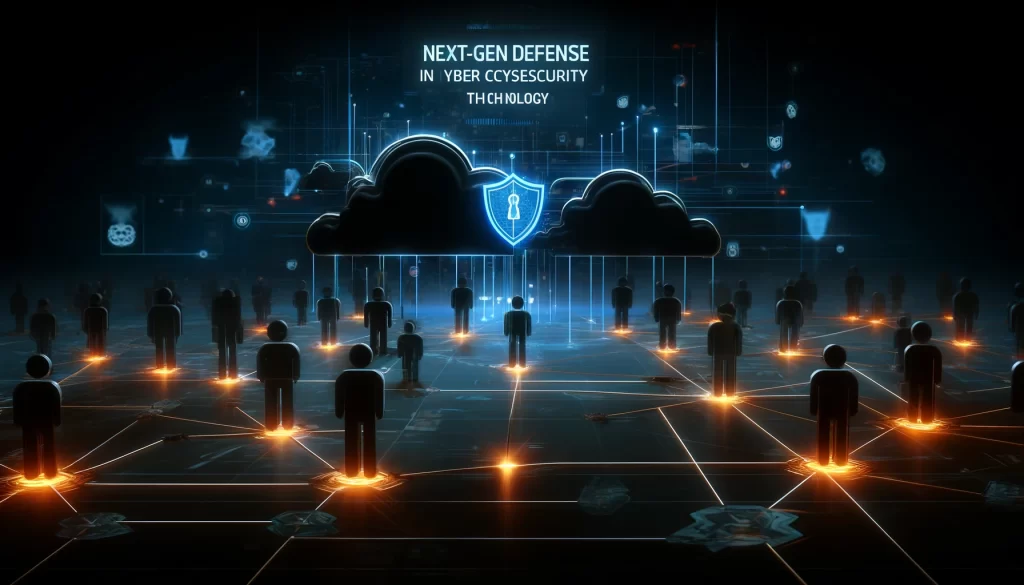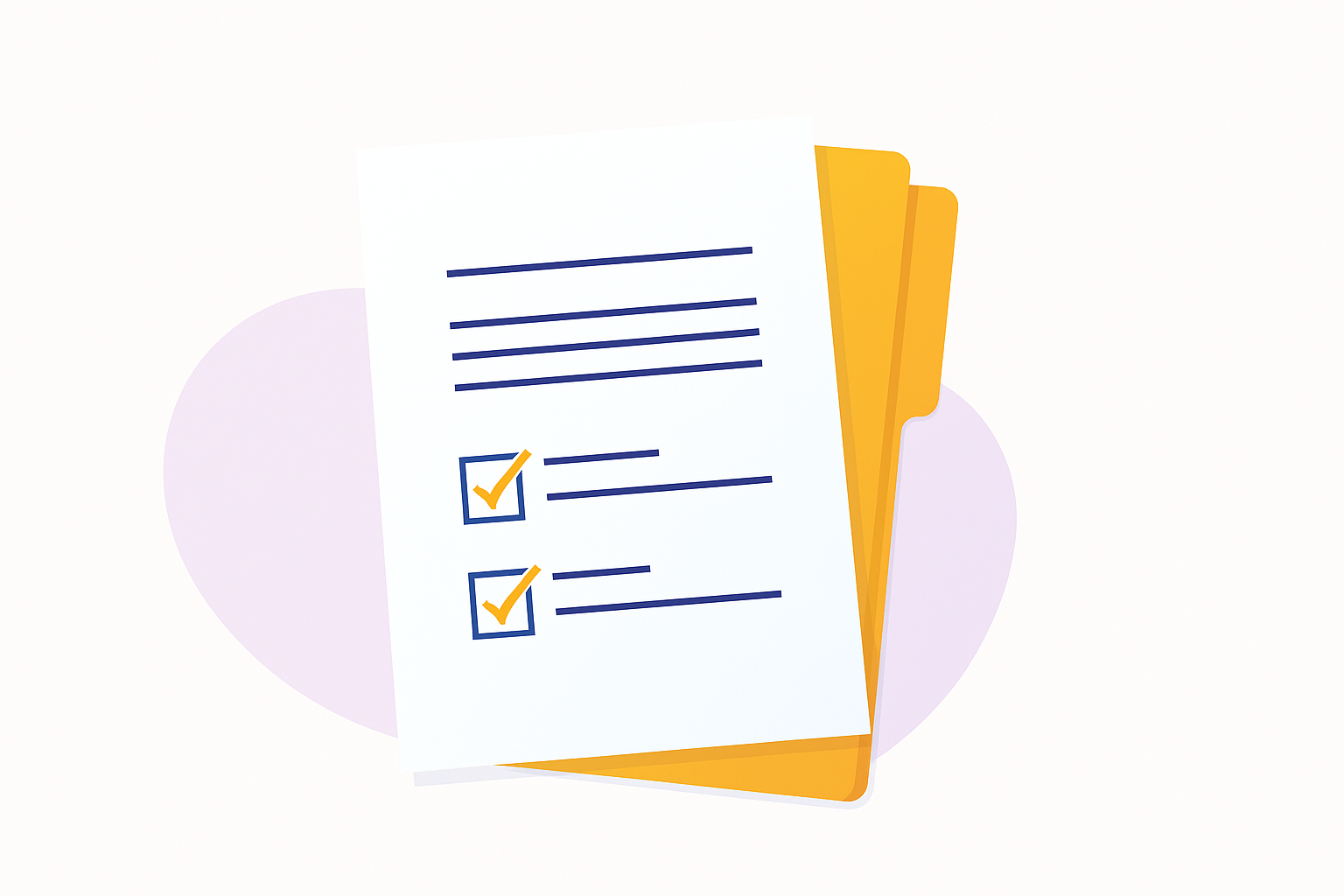In an era where cyber threats continue to evolve and proliferate at an unprecedented pace, organizations are constantly challenged to fortify their defenses. Traditional security measures are no longer sufficient to combat the sophisticated tactics employed by malicious actors. As a result, there is a pressing need for innovative solutions that can not only detect and respond to threats in real-time but also streamline security operations to enhance overall resilience. This is where Security Orchestration, Automation, and Response (SOAR) technology comes into play.
Contents
Understanding SOAR Technology
SOAR technology represents a paradigm shift in cybersecurity, offering a comprehensive approach to threat management and incident response. At its core, SOAR integrates security orchestration, automation, and response capabilities into a single platform, empowering organizations to streamline their security operations and improve efficiency.
Security Orchestration
Security orchestration refers to the coordination and management of security processes and tools within an organization’s infrastructure. By centralizing security operations and workflows, SOAR platforms enable seamless collaboration between different security tools and teams, thereby enhancing overall visibility and control.
Automation
Automation lies at the heart of SOAR technology, allowing organizations to automate repetitive tasks and response actions. This not only accelerates incident response times but also reduces the burden on security analysts, enabling them to focus on more strategic tasks that require human intervention.
Response
The response capabilities of SOAR platforms enable organizations to execute predefined workflows and response actions in response to security incidents. This includes everything from isolating compromised systems and blocking malicious IP addresses to initiating forensic investigations and generating incident reports.
The Evolution of Cyber Threats
To understand the importance of SOAR technology in modern cybersecurity, it is essential to examine the evolving nature of cyber threats. Today’s threat landscape is characterized by a diverse array of adversaries, ranging from individual hackers to nation-state actors, each employing increasingly sophisticated tactics to bypass traditional security measures.
Advanced Persistent Threats (APTs)
APTs represent one of the most significant challenges facing organizations today. These stealthy adversaries employ a combination of advanced techniques, such as social engineering, zero-day exploits, and custom malware, to infiltrate target networks and maintain persistence over extended periods. Traditional security approaches often struggle to detect and mitigate APTs due to their complex and multi-stage nature.
Ransomware
Ransomware attacks have emerged as a pervasive threat, targeting organizations of all sizes and sectors. These attacks typically involve the encryption of critical data followed by a demand for ransom in exchange for decryption keys. The rapid proliferation of ransomware-as-a-service (RaaS) platforms has made it easier for cybercriminals to launch sophisticated attacks, posing a significant risk to businesses and critical infrastructure.
Insider Threats
Insider threats, whether intentional or unintentional, continue to pose a significant risk to organizational security. Employees with legitimate access to sensitive systems and data can inadvertently leak confidential information or fall victim to social engineering attacks, while malicious insiders may exploit their privileged position to steal data or disrupt operations from within.
The Role of SOAR in Cyber Defense
In the face of these evolving threats, organizations require a proactive and agile approach to cybersecurity. SOAR technology offers a range of capabilities that are well-suited to address the challenges posed by modern cyber threats.
Threat Intelligence Integration
SOAR platforms can integrate with external threat intelligence feeds to provide organizations with real-time insights into emerging threats and vulnerabilities. By correlating this intelligence with internal security data, organizations can proactively identify and mitigate potential risks before they escalate into full-blown security incidents.
Automated Incident Response
One of the key benefits of SOAR technology is its ability to automate incident response processes. By defining pre-approved response actions and workflows, organizations can accelerate the detection, triage, and containment of security incidents, minimizing the impact on business operations.
Adaptive Security Orchestration
SOAR platforms enable organizations to adapt their security orchestration strategies dynamically based on changing threat conditions and operational requirements. This adaptive approach ensures that security operations remain effective and responsive in the face of evolving threats and attack vectors.
Enhanced Collaboration and Communication
Effective collaboration and communication are critical components of an organization’s cybersecurity strategy. SOAR platforms facilitate seamless communication between security teams, enabling them to share threat intelligence, collaborate on incident response activities, and coordinate remediation efforts more effectively. SOAR technology not only revolutionizes incident response but also serves as a cornerstone for proactive defense strategies, making it a pivotal asset for organizations navigating the complexities of modern cybersecurity, thereby solidifying the indispensable role of SOAR in Cybersecurity.
Continuous Improvement and Optimization
SOAR technology supports a culture of continuous improvement and optimization within organizations’ security operations. By analyzing historical security data and incident response metrics, organizations can identify areas for improvement and refine their security processes over time, enhancing overall efficiency and effectiveness.
Implementing SOAR Technology: Best Practices
While the benefits of SOAR technology are clear, successful implementation requires careful planning and execution. Here are some best practices to consider:
Define Clear Objectives
Before deploying a SOAR platform, organizations should clearly define their security objectives and priorities. This includes identifying key use cases, such as incident response automation, threat hunting, and compliance management, and aligning them with business goals and risk tolerance.
Assess Organizational Readiness
It is essential to assess the organization’s readiness for SOAR adoption, including factors such as existing security infrastructure, internal processes, and resource availability. Organizations should also consider the cultural and organizational changes required to support a SOAR-driven approach to cybersecurity.
Choose the Right Platform
With a wide range of SOAR solutions available in the market, it is crucial to choose a platform that meets the organization’s specific needs and requirements. Factors to consider include scalability, integration capabilities, ease of use, and vendor support.
Invest in Training and Education
Effective utilization of SOAR technology requires specialized skills and expertise. Organizations should invest in training and education programs to ensure that security teams are equipped with the knowledge and skills needed to leverage the full capabilities of the SOAR platform.
Measure and Monitor Performance
Continuous monitoring and performance measurement are essential for evaluating the effectiveness of SOAR initiatives and identifying areas for improvement. Organizations should define key performance indicators (KPIs) and metrics to track the impact of SOAR on security operations and overall cybersecurity posture.
Conclusion
In an increasingly complex and dynamic threat landscape, organizations must adopt a proactive and adaptive approach to cybersecurity. SOAR technology offers a powerful set of capabilities that can help organizations streamline their security operations, automate incident response, and enhance overall resilience against evolving threats. By embracing SOAR technology and implementing best practices for its deployment and utilization, organizations can stay one step ahead of cyber adversaries and protect their most valuable assets in the digital age.
Shahzad Ahmad Mirza is a web developer, entrepreneur, and trainer based in Lahore, Pakistan. He started his career in 2000 and founded his web development agency, Designs Valley, in 2012. Mirza also runs a YouTube channel, “Learn With Shahzad Ahmad Mirza,” where he shares his web programming and internet marketing expertise. He has trained over 50,000 students, many of whom have become successful digital marketers, programmers, and freelancers. He also created the GBOB (Guest Blog Posting Business) course, which teaches individuals how to make money online.




